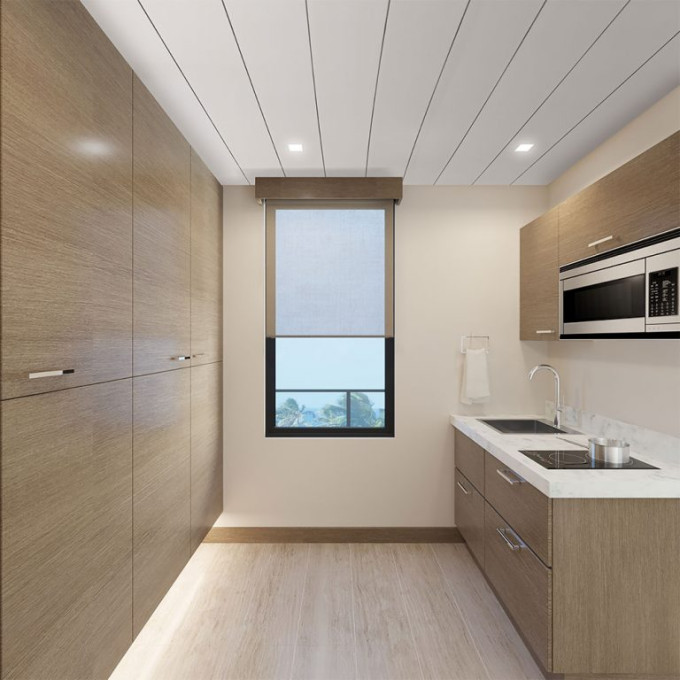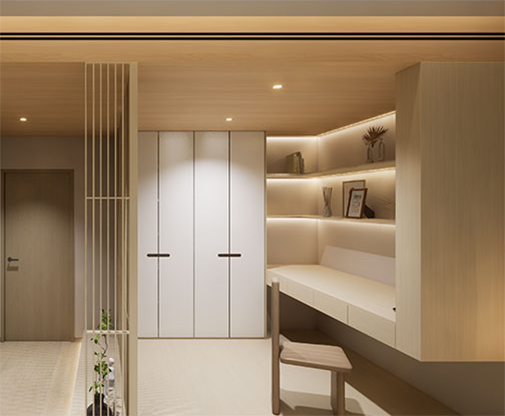Unveiling the Enigma: Exploring the Most Popular Color of Cladding

Cladding plays a crucial role in the aesthetics and functionality of buildings. It not only protects the structure from external elements but also enhances its visual appeal. Among the various factors influencing cladding choices, color stands out as a significant consideration. In this blog post, we delve into the world of cladding colors and uncover the most popular color of cladding, backed by research and industry insights.
- The Psychology of Color:
To understand the popularity of cladding colors, we must first explore the psychology behind color choices. Different colors evoke distinct emotions and perceptions. For instance, warm colors like red and orange exude energy and vibrancy, while cool colors like blue and green create a sense of calmness and serenity. The choice of cladding color often reflects the desired ambiance and mood of the building. - Trends in Cladding Colors:
The popularity of cladding colors is not static; it evolves with time and trends. Currently, neutral tones such as gray, beige, and white dominate the cladding market. These colors offer versatility and a timeless appeal, making them a popular choice for both residential and commercial buildings. The neutral palette allows for easy integration with surrounding landscapes and architectural styles. - Sustainable Cladding Colors:
In recent years, sustainability has become a key consideration in the construction industry. As a result, eco-friendly cladding materials and colors have gained traction. Earthy tones, inspired by nature, are highly sought after. Shades of green, brown, and terracotta not only blend harmoniously with the environment but also convey a sense of eco-consciousness. - Cultural Influences on Cladding Colors:
Cladding color preferences can also be influenced by cultural factors. In some regions, traditional and cultural significance play a role in color choices. For example, in certain Asian countries, red symbolizes luck and prosperity, making it a popular cladding color for commercial buildings. Understanding these cultural nuances is crucial for architects and designers when selecting cladding colors for specific locations. - The Future of Cladding Colors:
As architectural trends continue to evolve, so will the popularity of cladding colors. With advancements in technology, we can expect to see innovative cladding materials that offer a wider range of color options. Additionally, as sustainability becomes an even more significant concern, we may witness a surge in the popularity of eco-friendly cladding colors and materials.
Conclusion:
The most popular color of cladding is a dynamic concept influenced by psychology, trends, sustainability, and cultural factors. Currently, neutral tones dominate the market, offering versatility and timelessness. However, as architectural preferences evolve, so will the popularity of cladding colors. By understanding the psychology behind color choices and considering factors such as sustainability and cultural influences, architects and designers can make informed decisions when selecting cladding colors for their projects.






